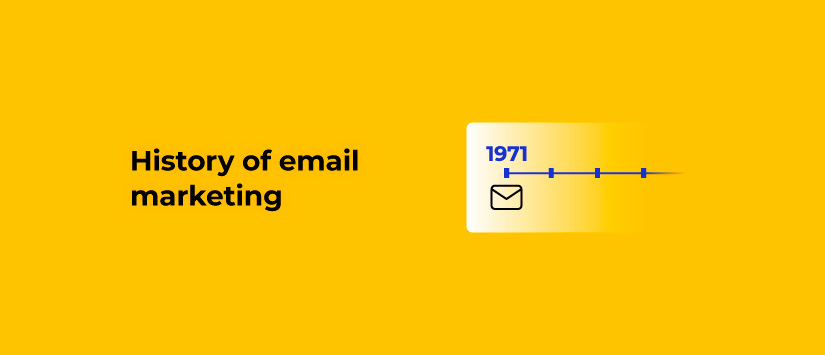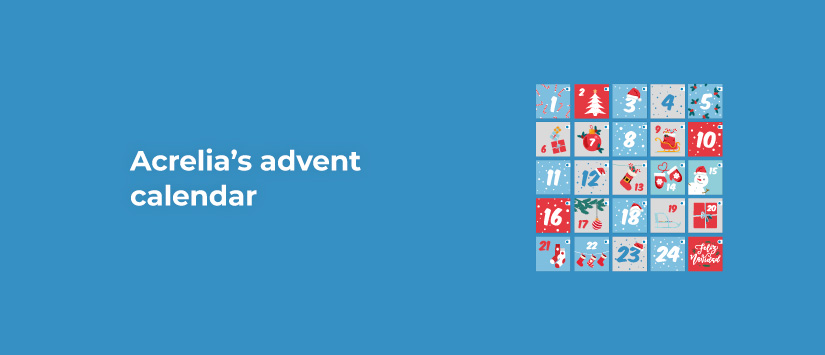Receiving a new email notification is so common that it is hard to imagine that the history of this communication channel is less than 55 years old. It was in 1971 when the first message was sent and only a few years later they were already being sent on a massive scale, the basis of what today is email marketing. We review some of its milestones to understand how it has transformed the way we communicate.
Origins of email marketing
Roy Tomlinson is considered to be the first person to send what we would today call an email, although it was over the ARPANET, as the internet did not yet exist. It was 1971 and the at symbol was used for the first time. Previously, messages could only be left between people sharing computers, a possibility that was developed in 1965 by Noel Morris and Tom Van Vleck at the Massachusetts Institute of Technology (MIT).
A few years later, in 1978, hundreds of ARPANET users received the first unsolicited commercial e-mail, although they may not have perceived it as such because it was new. The sender was Gary Thuerk who can be considered the father of email marketing as well as spam because he did a mass mailing of a promotion that made him a lot of money to the unsolicited.
Only a few years later, the need to standardise the protocols for sending and receiving messages became evident and the protocols that we still use today began to be designed, although updated: in 1982 the Simple Mail Transfer Protocol (SMTP) was designed, in 1984 the Post Office Protocol (POP) and in 1986 the Internet Message Access Protocol (IMAP).
Popularisation of email marketing
Computers arrived in our homes and with them came email managers. In the late 80's the first desktop email managers appeared, such as Microsoft's MSMail or AOL Mail, but it was not until the mid-90's that webmail became popular: Hotmail arrived in 1996 and Yahoo Mail a year later.
It was in the early 1990s that emails were no longer just plain text. Although it was already possible to add different fonts and colours, with the Multipurpose Internet Mail Extension (MIME), images, audio and videos could be attached. By the end of the decade, thanks to HTML, it was possible to design visually appealing e-mails.
By then, companies were already sending more emails than traditional ones, mainly to reduce costs but also attracted by their possibilities to reach out to potential customers. This opened the debate about the ethics of online communications and in 1999 Seth Godin coined the term permission marketing to claim that lists can be created with users who really want to receive news from brands. Sending commercial information by email does not have to be intrusive and annoying.
Unfortunately, not everyone believed it and in the early 2000s spam became a problem, for which the first anti-spam filters appeared as a response to block it and, years later, laws to regulate it.
More recent history of email marketing
The turn of the century brought new devices on which to check email, such as the Blackberry, focused mainly on professional profiles, or the first iPhone in 2007 with the Apple Mail app, opening up the possibility for anyone to hold all their communications in their hands. Today, the ‘mobile first’ mantra is useful in any marketing area, but back then mobile phones were not so widespread.
Gmail was also a revolution. Its arrival in 2004 caused a stir because of the storage space it provided, but its user growth was to have many more implications for email marketing, such as when in 2013 it introduced the tabs that have caused more than a few myths. Currently, its market share is around 30%, although it can be much more in lists of topics aimed at end customers.
All three email authentication protocols were forged in the late 2000s, although each has its own origins. The Sender Policy Framework (SPF) began development in 2000, but was first released in 2005; DomainKeys Identified Mail (DKIM) emerged from the merger of Yahoo and Cisco technology in 2004, but did not become standard until 2011; and Domain-based Message Authentication, Reporting & Conformance (DMARC) was made public in 2012. Today they are almost mandatory for good deliverability or to take advantage of other options, such as BIMI which was born in 2020.
There are other recent milestones that have served to take care of users and forced email marketers to change their tactics: on the one hand, the General Data Protection Regulation (GDPR) that came into force in Spain in 2018 (in the United States, the CAN-SPAM dates back to 2003) and, on the other hand, Apple's Mail Privacy Protection launched in 2021. In addition, since 2023, Gmail and Yahoo have changed their sender policy to limit the volume of spam.
The future of email marketing, like marketing in general, lies in the personalisation of campaigns and artificial intelligence (AI) allows content to be created more quickly and segmented with more information, therefore more effectively and at an even lower cost. In a few years, we will be able to see its impact and influence on the history of email marketing.




